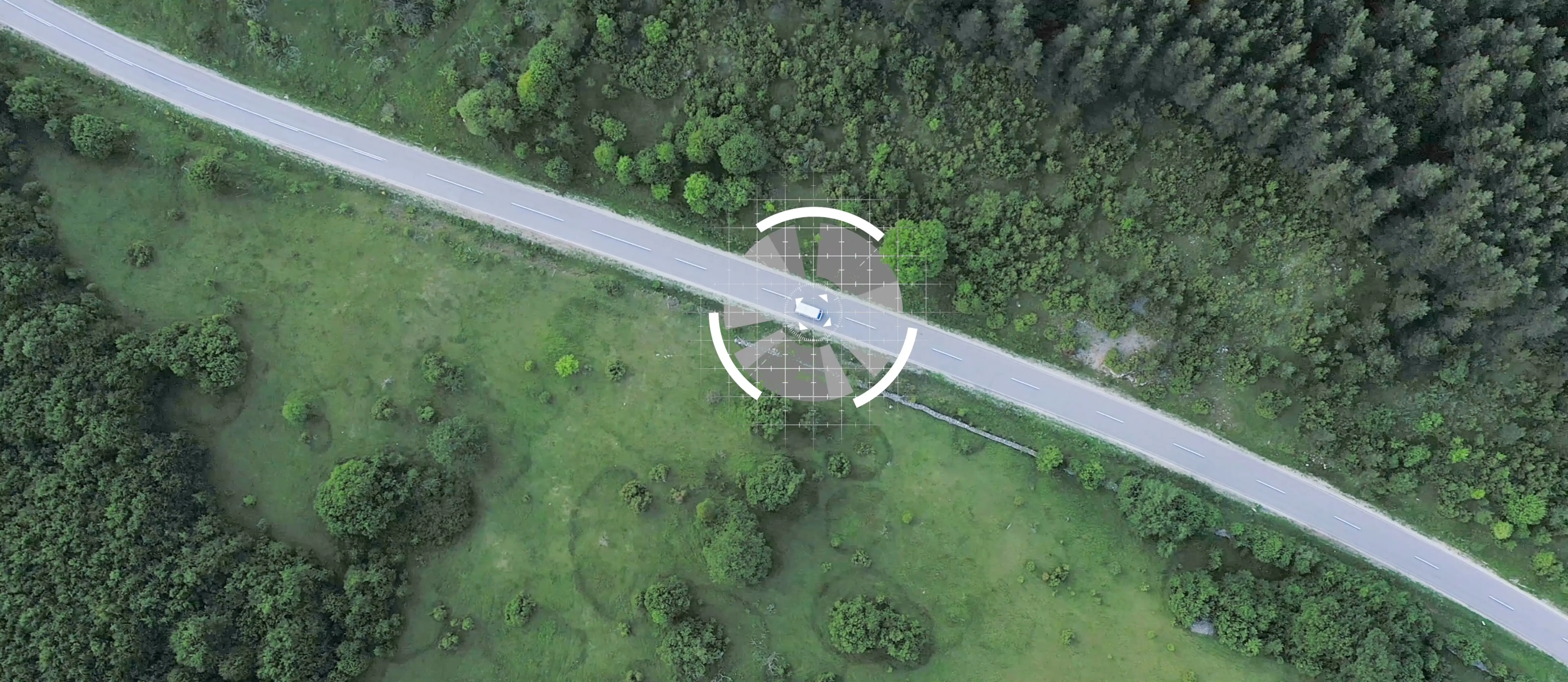Why Telematics Now?
Modern logistics demands speed, visibility, and control. Whether you manage a chilled fleet, critical pharmaceutical deliveries, or time-sensitive goods, real-time insight into your vehicles and drivers is no longer a luxury — it’s operational infrastructure.
Telematics, when implemented correctly, delivers cost reduction, improved compliance, enhanced customer service, and future-proofed operations. But the real value lies in how you deploy it, not just in the technology itself.
This guide provides a step-by-step framework for deploying fleet telematics effectively, with minimal disruption and maximum return on investment.
What Is Telematics and What Can It Do?
Telematics combines GPS tracking with on-board diagnostics, temperature sensors, driver behaviour analytics, and live data transmission.
Core capabilities include:
- Real-time location tracking
- Temperature monitoring for chilled/frozen goods
- Driver behaviour scoring (braking, acceleration, idling)
- Route optimisation and ETA calculation
- Maintenance scheduling and engine diagnostics
- Remote alerts and event-based logging (door openings, impacts, crashes)
When integrated with the right platform, these capabilities support both compliance and operational efficiency.
Planning for a Successful Rollout
Step 1 – Define Your Objectives
Be specific about what you want to achieve:
- Reduce delivery delays
- Improve compliance (GDP, HACCP, or retailer-specific standards)
- Lower fuel and insurance costs
- Improve driver safety and reduce risk
Having clear, measurable goals ensures the entire rollout remains focused and measurable.
Step 2 – Choose the Right Hardware
Different vehicles and use cases require different solutions.
| Hardware Type |
Best For |
| Plug-and-Play OBD Trackers |
Light vehicles, short installation time, basic tracking needs |
| Hardwired Multi-Input Trackers |
Refrigerated HGVs, trailers, multi-zone temperature monitoring |
| Battery-Powered Asset Trackers |
Unpowered containers, passive cold boxes |
| Camera-Enabled Units |
High-risk or high-value operations requiring visual verification |
Read the 'Choosing the Right Monitoring Hardware Guide'
Step 3 – Integrate with Monitoring or ERP Systems
Your telematics platform should be able to:
- Link fixed + mobile monitoring in one dashboard
- Trigger real-time alerts and escalations
- Produce audit-ready reports
- Connect with dispatch, quality, or customer service platforms
Common Mistakes to Avoid
| Mistake |
Why It’s a Problem |
| Buying hardware without scoping needs |
Leads to poor fit for vehicle types and compliance requirements |
| Full fleet install without a pilot |
Missed opportunity to test and refine configuration |
| No driver or union engagement |
Can create resistance or compliance issues with privacy policies |
| No internal owner assigned |
Lack of accountability leads to stalled progress |
How JTF Supports Implementation
We work as an extension of your operations team, providing:
- System design and planning based on your fleet’s operational model
- Hardware specification for each vehicle class
- Installation & commissioning (onsite or mobile services)
- Training for administrators, dispatch teams, and compliance staff
- Ongoing performance reviews to optimise use
- Data integration & automation to ensure seamless workflows
Telematics ROI — What to Expect
| Impact Area |
Expected Results (6–12 Months) |
| Fuel consumption |
5–15% reduction via route optimisation & reduced idling |
| Temperature compliance |
Excursions reduced by up to 90% |
| Insurance premiums |
Lowered through safer driving behaviour |
| Customer service |
Live ETAs and proactive issue resolution |
| Manual checks & paperwork |
Largely eliminated via automation |
Conclusion — Operational Intelligence at Your Fingertips
Telematics is more than tracking — it’s how you take control of your fleet in real time, optimise your service delivery, and protect your brand reputation.
With the right rollout strategy, you’ll have technology that works not just in theory, but in the day-to-day reality of logistics.
Want a Custom Implementation Plan?
Contact JTF Wireless to assess your fleet, compliance needs, and rollout strategy — and start your journey toward a smarter, more connected operation.
